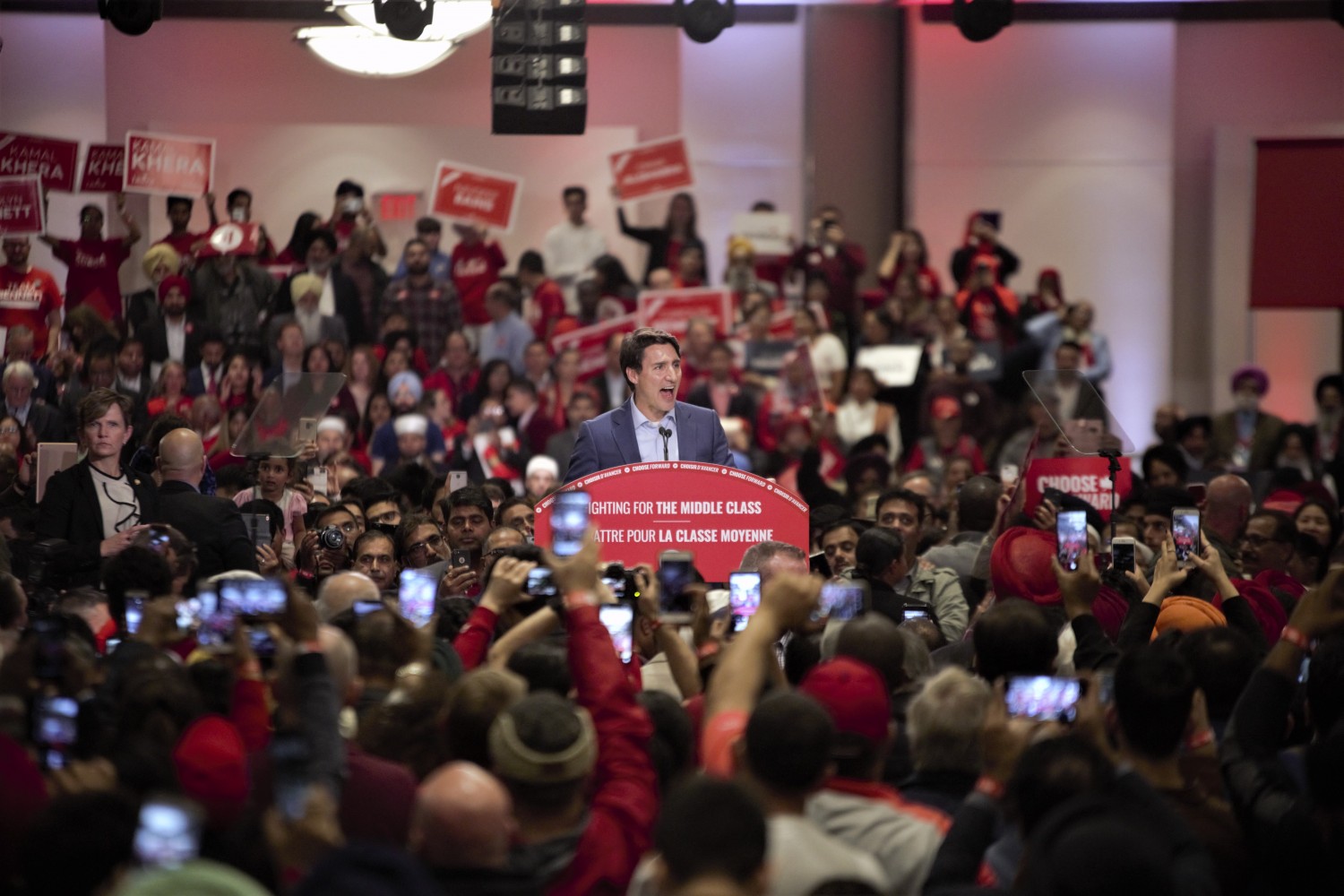
In the 905 and across the GTA, immigrant voters remain a key to Liberal success
(This article is re-published by The Pointer with the permission of New Canadian Media. It has been edited.)
The Bloc Québécois rebuilt itself, taking seats from both the Liberals and NDP in Québec. The Conservatives dominated in the West and nearly swept Saskatchewan and Alberta.
It’s worth raising the question: why did 905 voters, and those in Mississauga and Brampton in particular, prefer the Liberals over the Conservatives and the NDP? We spoke to people in the know across the GTA to find out.
Satpal Johal
“The majority of diverse populations are able to connect themselves with Liberals,” said the Brampton resident and host of a local politics and current events TV show that caters to those who speak Punjabi. “Justin’s announcement to stop Conservatives (and Doug Ford-style cuts) sparked voters and many groups polarized and preferred to support the Liberals directly instead of supporting NDP.”
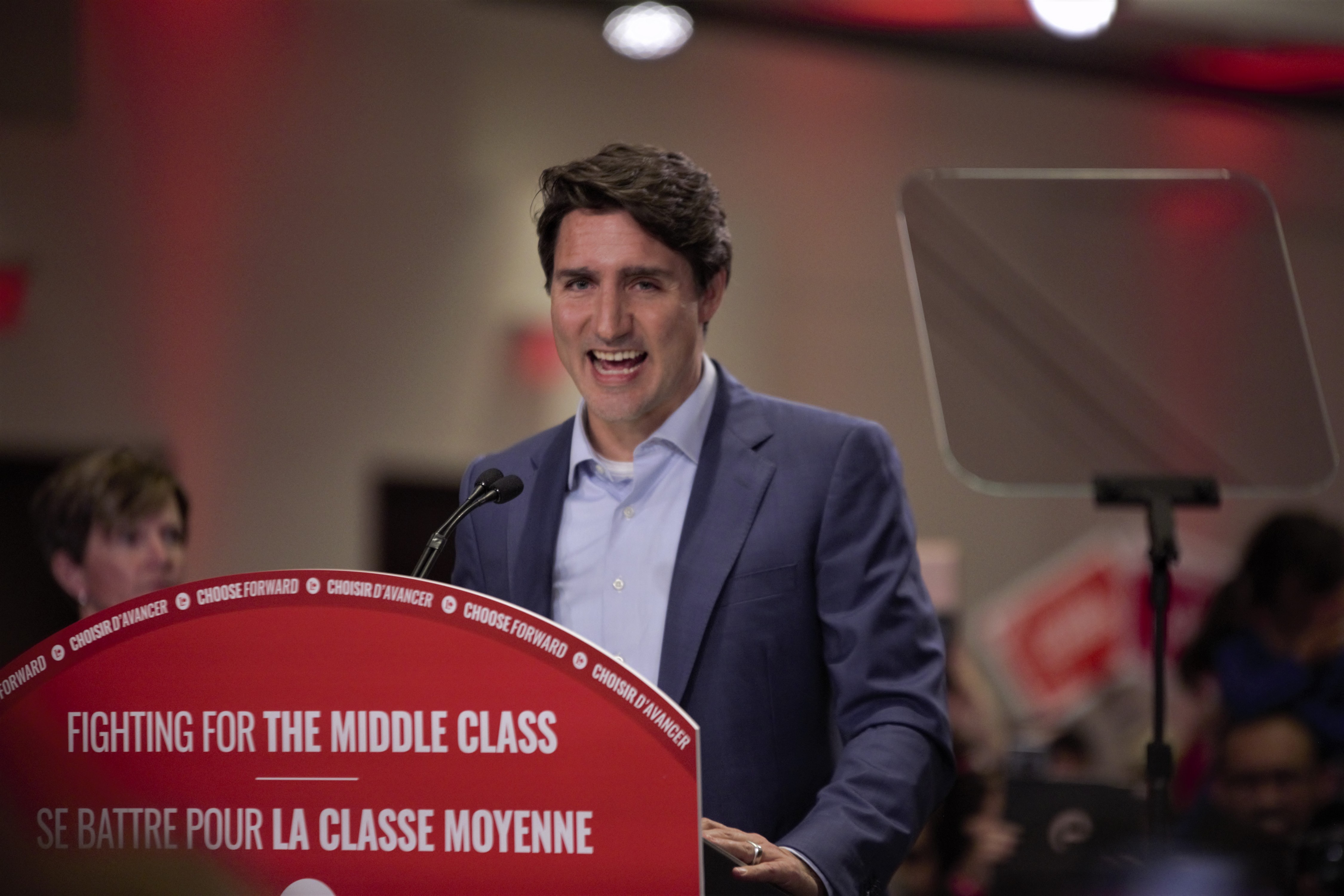
He said the NDP served as a safety net for many who tune in to his show, but not as a potential ruling party.
“They thought if NDP will build a coalition with Liberals, then why not support Liberals directly. So, no logical need for NDP as a bypass. In Ontario, the anti-Ford factor did work for the benefit of Liberals, and it hit Conservatives. Many voters were determined to stop Conservatives.”
Avtar Singh
The Brampton resident and keen political observer said the Liberals enjoyed a lot of name recognition locally, and believes the Conservatives failed to nominate strong candidates. “There needs to be a better selection process for stronger candidates. The same applies to NDP, last-minute appointed candidates, never got time to know the people and people never got a chance to know them well. Also, I think NDP leader Jagmeet Singh thought it’s his area, people will honour him and vote the same way to him and his brother while they ran for the provincial election. But sadly, that never happens.”
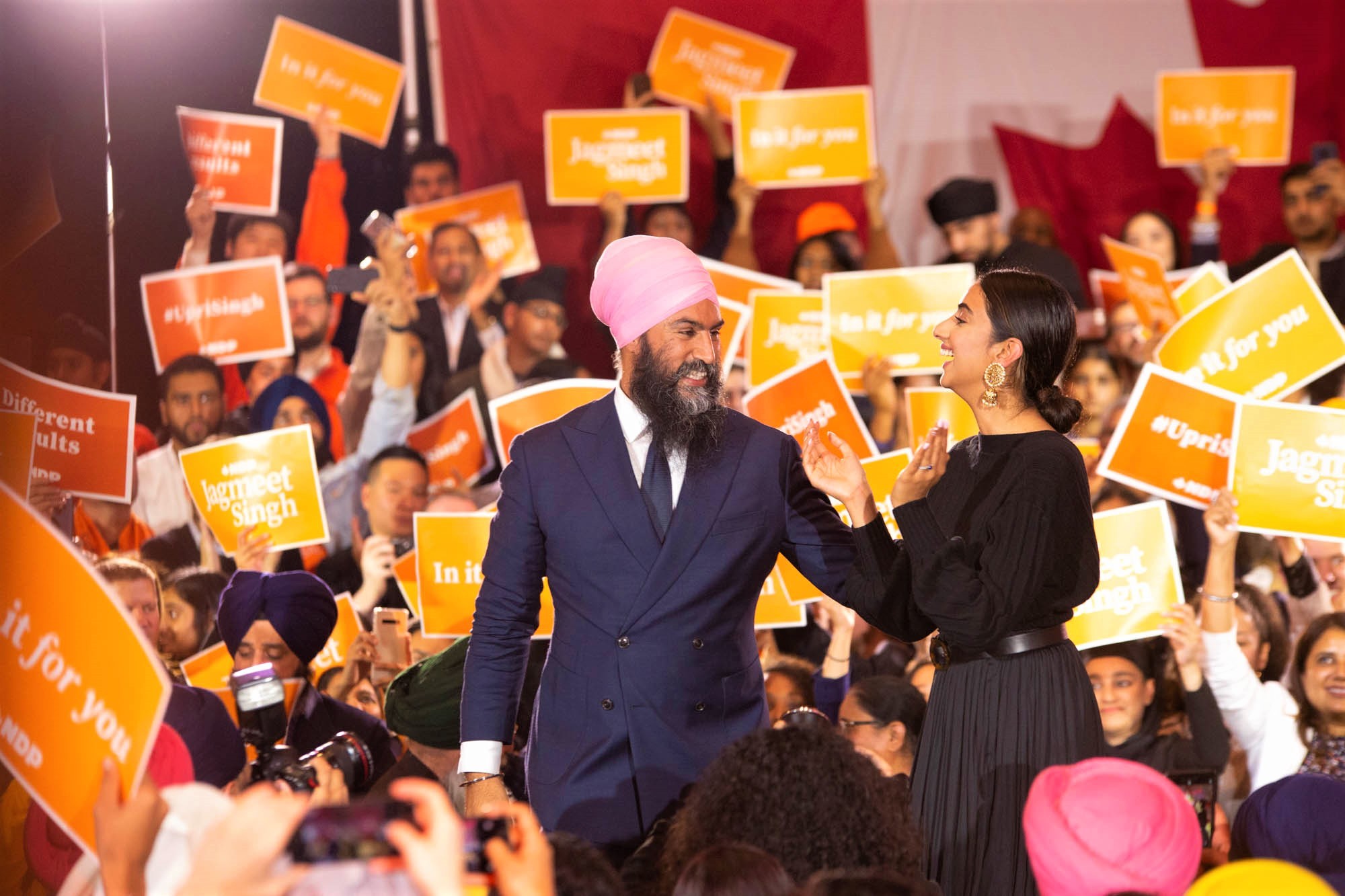
Vicky Dhillon
The former Brampton city councillor agreed with Singh, saying he was not impressed by the candidates and platforms put forward by the parties trying to knock off the Liberals. “Conservative leader [Andrew Scheer] was unable to deliver his message and solid platforms. NDP candidates were unknown. Doug Ford’s policies also damaged the Conservative candidates.”
He said people he spoke with did not want to see a repeat of what happened in Queen’s Park after last year’s provincial election.

“Ontarians already saddled with Doug Ford had no stomach for more of the same in Ottawa. Mr. Scheer should probably be replaced. He doesn’t have the imagination, nor the skills required to coalesce the country around him. Bottom line is it’s pretty sad showing for the Tories in Ontario, but otherwise not too surprising results. Undoubtedly, the flood of immigrants into the Toronto area helped the Libs, and Ford’s performance likely didn’t help the Tories. That was the biggest reason people never voted for the Conservative Party. Also, flip flops on candidate nomination, people from Brampton are not happy with the Conservative Party. Because of all this, we have this result in front of us.”
The rising Latino vote
Many in the Latino-Canadian community across the Greater Toronto Area voted strategically in 2019, opting largely for the Liberals, according to those who were interviewed.
Francisco Reyes, an immigrant from the Dominican Republic summed up a common attitude expressed by many in the diverse Latino-Canadian community.
“Even though I was upset with the Prime Minister, Justin Trudeau, for wanting to intervene in favour of the SNC-Lavalin company, I supported the Liberal Party,” Reyes said. “It is the political organization that best represents and defends the principles of liberal democracy of Canada.”
Some voters, such as Sara Acosta, a 28-year-old immigrant from Mexico, changed their usual party of choice.
“In previous years I’ve voted New Democratic Party,” explained Acosta. “However, this year I voted Liberal…mainly due to their stance regarding education, the environment, minimum wage increase, climate change, and medical assistance.”
Strategic voting
Many Latino-Canadian voters we spoke with understood the need to vote strategically.
Alejandro Morales, a 76 year-old immigrant community worker, radio show host and media columnist from Chile is a perfect example.
“I have always voted for the NDP because I agree with its socialist agenda,” stated Morales. However, in these past elections, “I had to exercise a strategic vote because I saw that the NDP candidate in my district, Parkdale-High Park, was not going to have much chance of winning. So, I voted for the re-election of (Liberal) Arif Virani.”
Some said their support for the Liberals once again did not waver, despite the controversies that swirled around Trudeau. Ana Ramirez, an 81-year-old immigrant from Colombia voted Liberal in the Northern Toronto riding of Willowdale. MP Ali Ehsassi was re-elected. A long-time supporter, Ramirez’s husband was appointed by Pierre Trudeau as one of Canada’s representatives to the United Nations.
“I have always voted for the Liberal Party,” said Ramirez. “I like the philosophy of the Liberal Party. It is more humanitarian than the Conservatives and covers a much wider field of society. Pierre Trudeau was the one who opened the doors to migration.”
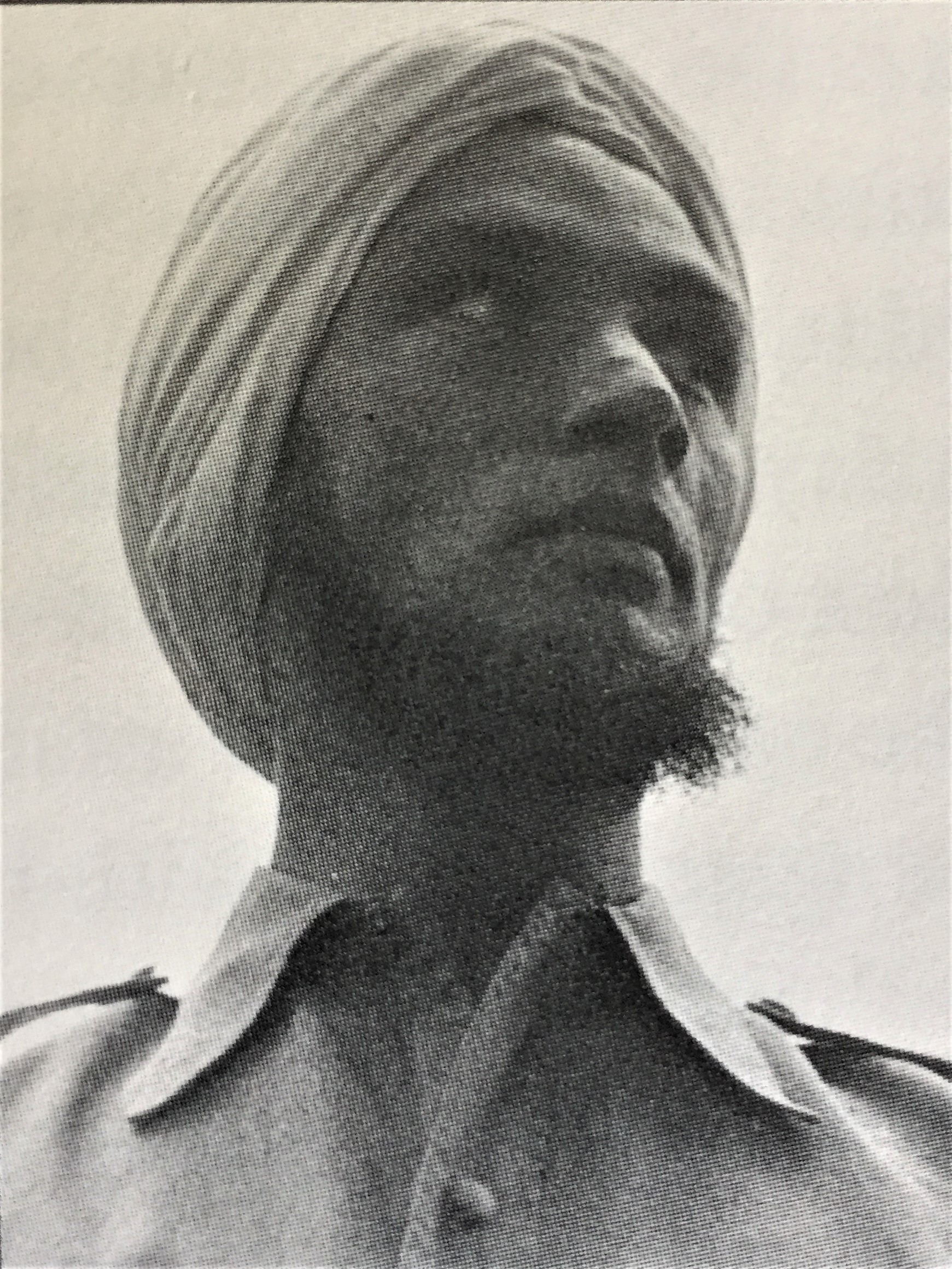
Pierre Trudeau in his late-20s while travelling in India
Ramirez did not consider the NDP. “With the exception of Jack Layton, it has not had good leaders.”
Youth at the polls
The Liberals were also able to appeal to Latino-Canadian youth such as Pamela Alamilla, an 18-year-old first generation daughter of Mexican immigrants. Alamilla was born in Calgary and moved to Toronto when she was 6. She voted for the first time in the Etobicoke Centre riding that was won by Yvan Baker.
“As a first-time voter in Toronto, I voted for the Liberal Party because I want Canada to continue to be a global leader in social reform and the march towards equality,” said Alamilla. “And, though he has surely made mistakes in his political and personal life, Justin Trudeau’s cabinet models inclusivity and diversity, two things which I value greatly.”
Alamilla was candid about the appeal of other parties to youth such as herself.
“It’s true that the NDP and the Green Party are gaining popularity, particularly amongst people of my age,” she noted. “Under different circumstances, I might have voted for the NDP because their beliefs and values closely reflect my own. However, I didn’t believe that either party would have enough support to win. I wanted my vote to count and specially to prevent the Conservative Party from wrecking havoc on our education and social programs.”
Anything but the Conservatives
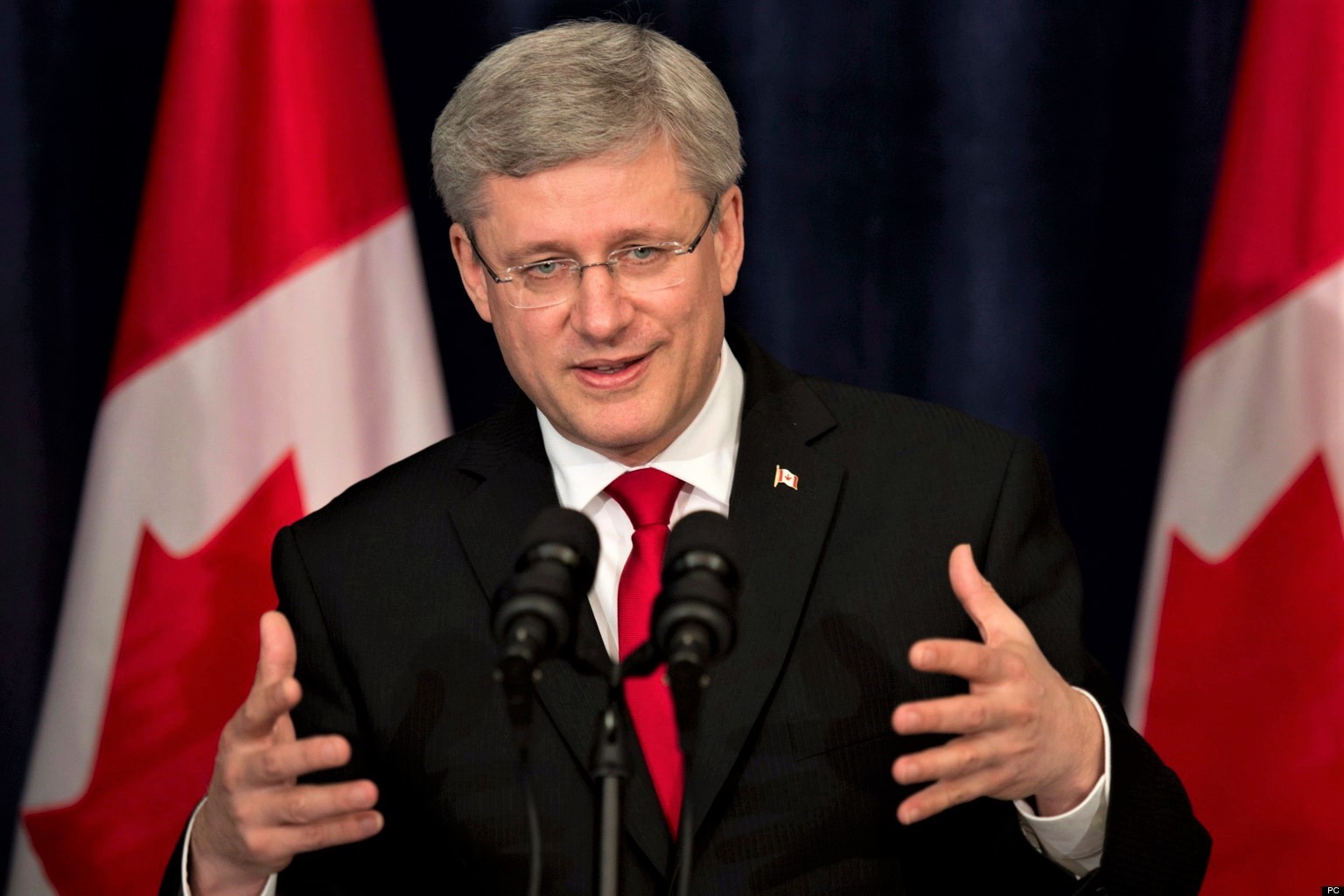
Alamilla is not alone in not wanting the Conservative party to win in Canada. Memories of Stephen Harper’s governments are fresh in the minds of many.
Ramirez likened the federal Conservatives to other right-of-centre parties led by people who she believes do not represent people like her. “Like Donald Trump and Doug Ford, who favour the richest.”
Morales said much of the same.
“Any political party is better than the Conservative Party,” he said. “After seeing what Premier Doug Ford has done in Ontario, cutting social services, I had to take a strategic vote in support of the Liberals to avoid having a Conservative prime minister like Andrew Scheer.”
The issues at play
Environmental and social issues were at the centre of this strategic decision-making, for many of the voters who shared their views.
“The Liberal Party proposes a plan to plant trees as well as phase out coal power by 2030 as well as protect Canada’s natural land and ocean habitats,” emphasized Acosta. “The handgun regulations and restrictions implemented by the Liberal Party, I believe, are important.” (Trudeau pledged to allow municipalities to ban handguns, if they choose.)
Immigration was another central issue, one the Liberals have strong support on among many newcomer groups, who collectively make up an increasing portion of the GTA electorate.
“The Liberal Party is also the one that propitiated the policy of open doors to immigration in the 1960s,” said Reyes, “And today we enjoy the benefits of that welcoming.” It was a common refrain heard across the GTA.
Part 2 of the series by New Canadian Media will look at the Liberal Party’s success in the Chinese-Canadian and African-Canadian communities.
Submit a correction about this story


